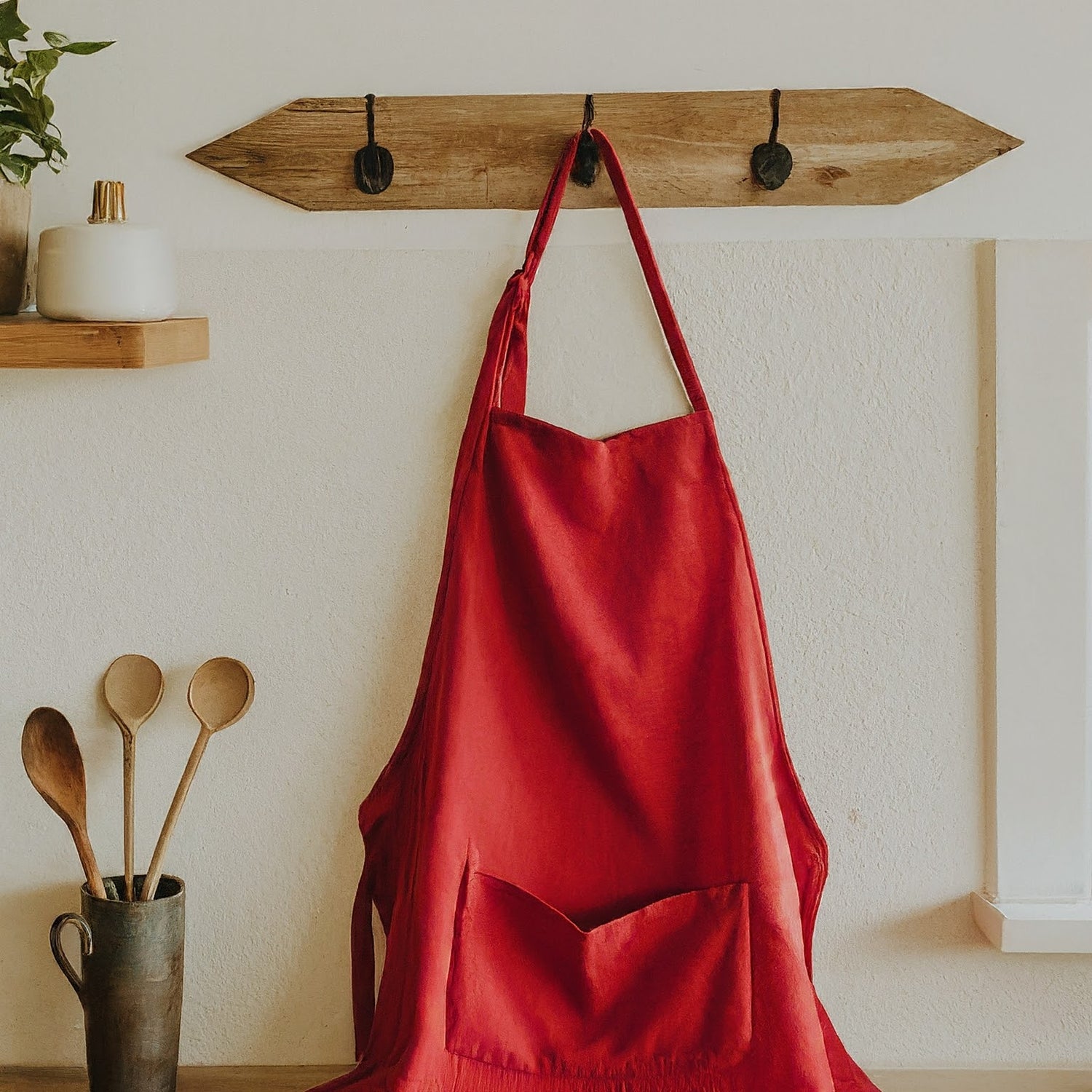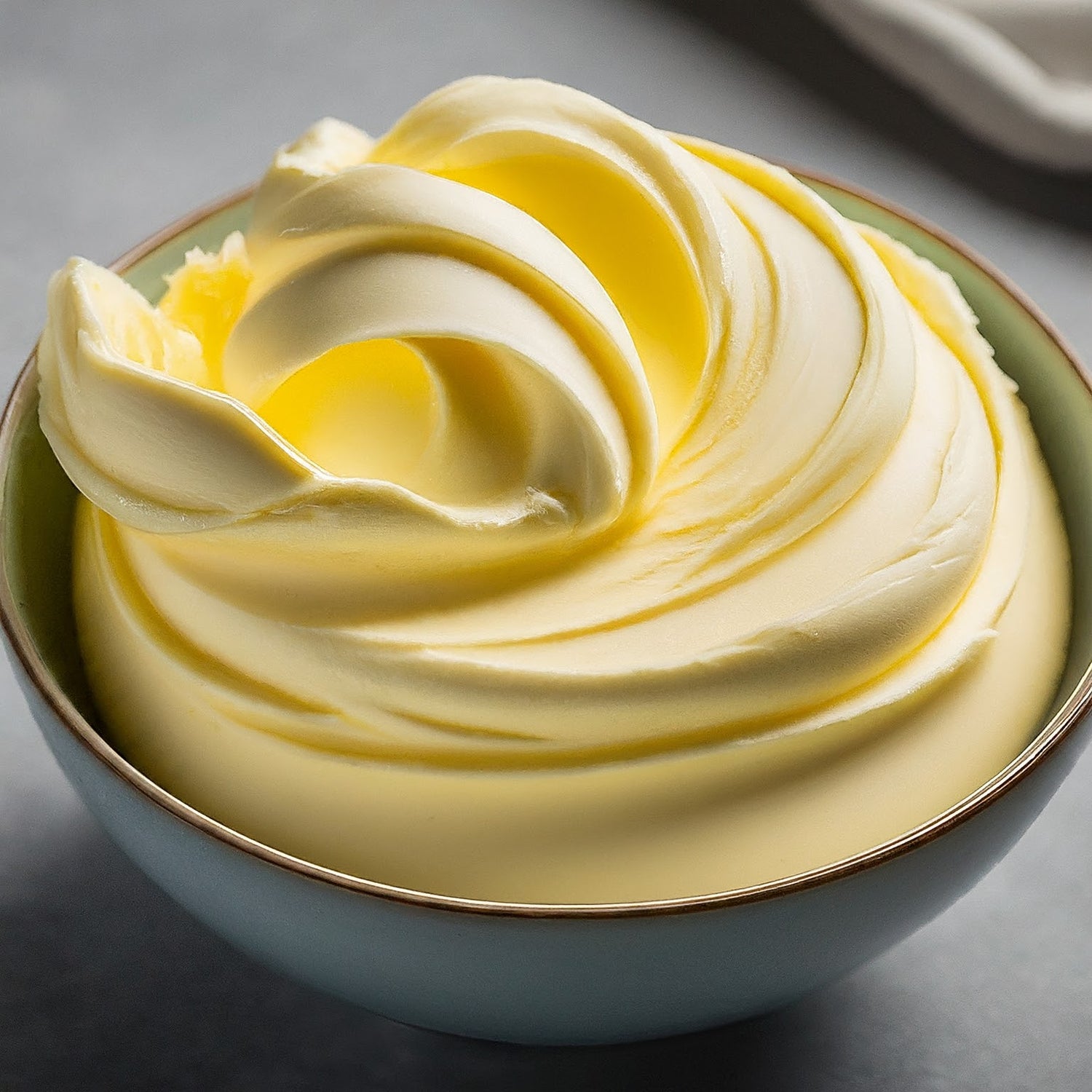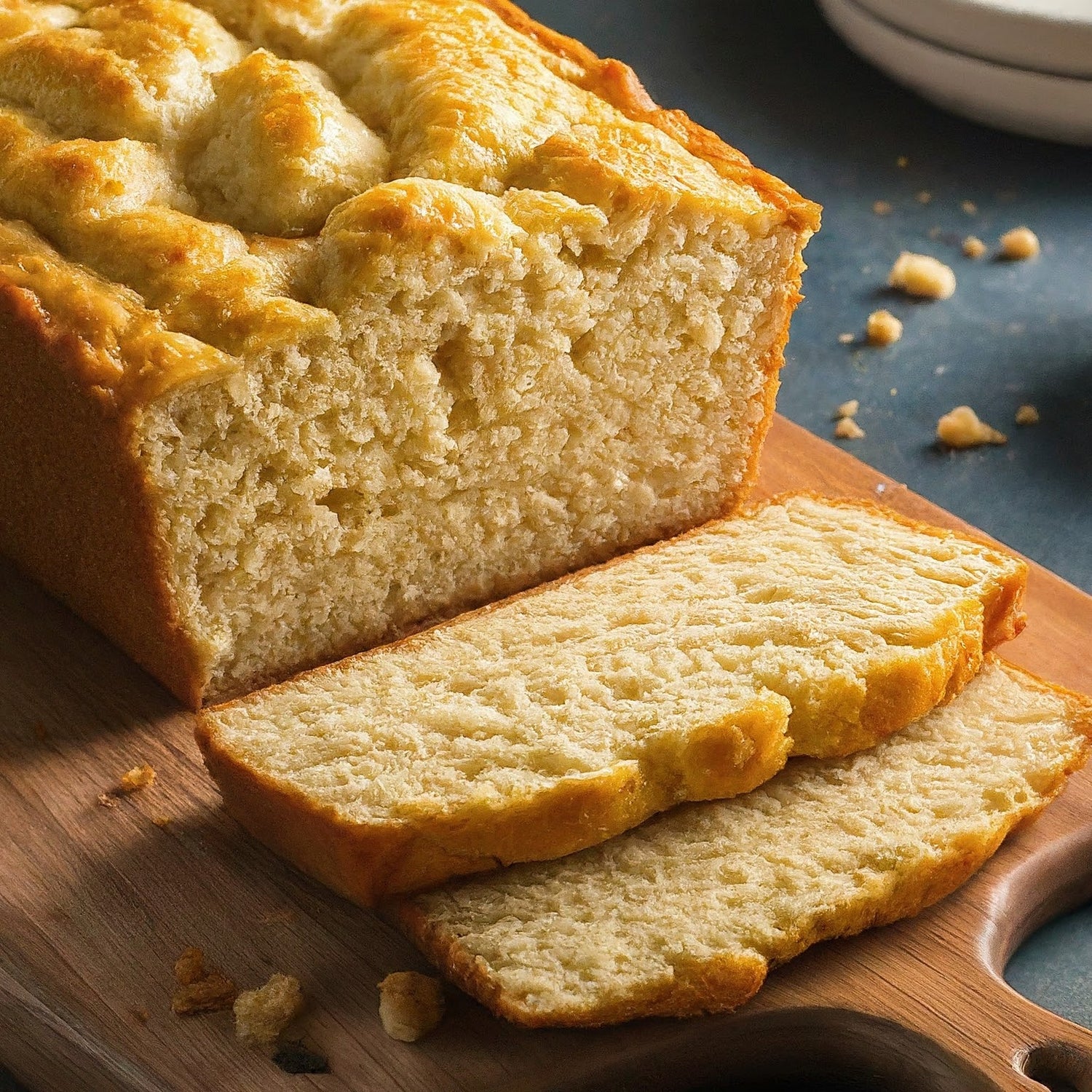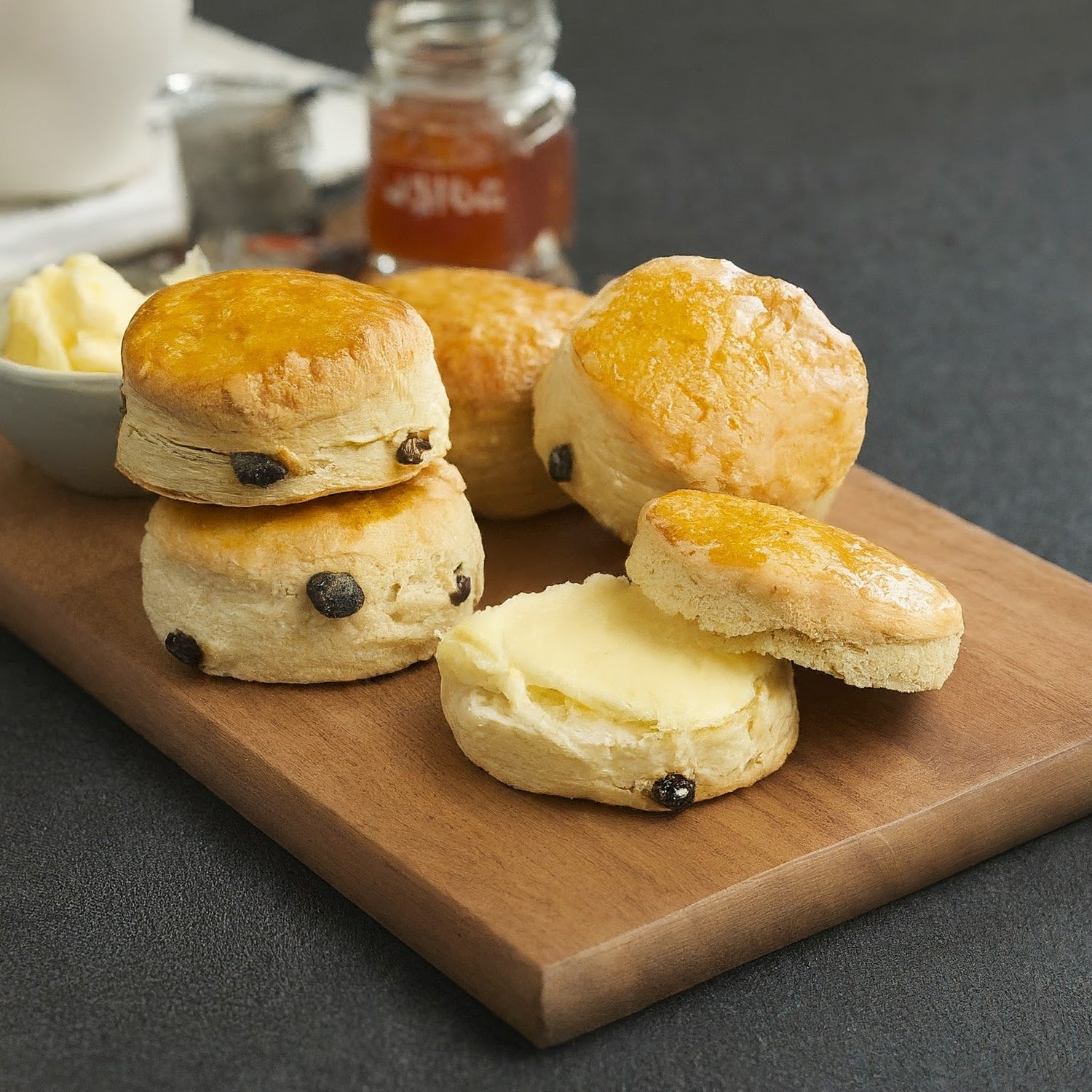
A Little Fun History

The History of Aprons
I don't think our kids really know what an apron was used for in our grandmother's day. How valuable and what a necessity it was. The principal use of Grandma's Apron was to protect the dress underneath, because she only had a few, it was easier to wash aprons than dresses and they used less material to make than a dress. Along with that, it served as a potholder for removing hot pans from the oven. It was wonderful for drying children's tears, and on occasion was even used for cleaning out dirty ears. From the chicken coop, the apron was used for carrying eggs, fussy chicks, and sometimes half-hatched eggs to be finished in the warming oven. Those big old aprons wiped many a perspiring brow, bent over the hot wood stove. Chips and kindling wood were brought into the kitchen in that apron. From the garden, it carried all sorts of vegetables. After the peas had been shelled, it carried out the hulls. In the fall, the apron was used to bring in apples that had fallen from the trees. When unexpected companyame, it was surprising how much furniture that old apron could dust in a matter of seconds as well as be an ideal hiding place for shy kids. It will be a long time before someone invents something that will replace that 'old-time apron' that served so many purposes. My how times have changed! Now a day, the world would go crazy trying to figure out how many germs were on that apron. I don't think I ever caught anything from my grandmother's apron.

Butter
Butter has said to have existed in some form or another for over ten thousand years. It was first created in early Mesopotamia around the year 9000bc using cow or goat’s milk. Butter was not a popular additive in ancient Greece or Rome mainly due to their warmer climate and the rate at which butter would rapidly spoil. However, in northern Europe, specifically Scandinavia butter has been common and a staple for many years. The strangest moment in the history of butter comes from the farther north European countries where they sometimes would pack entire barrels, called “firkins”, full of butter and bury them beneath a peat bog for several years, at which point they would be dug up and used. This gave the butter a particularly potent taste. Now butter is mostly made in factories, the first of which was built in America in the late nineteenth century.
Try making some of your own Easy, Fun and Delicious "Homemade Butter".
Ingredients:
1 pint heavy cream
Pinch of salt (only if you want salted butter)
Directions:
Fill a quart jar approximately half full with heavy cream. Screw the top on the jar securely and shake until thickened. Approximately 10 minutes. You will see the butter form and rise to the top of the liquid. Scoop out the Butter and place it on a serving dish. The liquid that remains is Buttermilk. You can discard the Buttermilk, drink it, bake with it, or use it in anyway Buttermilk is called for in a recipe. After Butter is made and still soft, try using some of the dry veggie, fruit or oil blend mixes to make an outstanding unique flavored butter you or your guests will enjoy. Have some fun and enjoy making your own homemade butter, simply!
You can also use your electric mixer or food processer if you are short on time!

Beer Bread
Beer bread is a quick, easy, and alcohol free tasty alternative to regular bread or dinner rolls. The beer has active yeast in it, so there is no need to add a package of yeast. The alcohol cooks off while the bread is baking so it is safe for everybody to eat. Depending on the type of beer used, it can add a different flavor and color to the beer bread. The dough can also be baked as a loaf or individual biscuits.
Brief History of Beer Bread
In ancient times, before yeast was introduced to wheat, it was ground down and made into a paste and set over a fire to cook until it was a hard flat type of bread. The Egyptians were the first culture to isolate yeast and incorporate it into the bread, making it more useful and palatable. It was not long after this breakthrough that the first sourdough breads were discovered through the Greeks. They found that the dough did not have to be cooked all at once, often saving it for a few days at a time. Romans thought that bread and wheat was more important than meat. Throughout history lower classes often had only access to the darker, courser grains, while the upper class would have access to whiter breads, therefore making it easier to discern social status. Bread has played an important role throughout history, even causing riots. Today bread is found everywhere and in every shape,colorand size. Darker breads have now become the more expensive ones to buy.

Scones
The word scone is said to have come from the name of a place where Scottish kings were crowned. This place was known as 'The Stone of Destiny'. Scone is a town in Scotland where the Scottish kings were crowned. Pronounced skoon rather than scawn. The stone of destiny is the stone that sat below the throne that the kings were crowned on.Early scones were baked from oats and were shaped like a triangle. Today's scones are traditionally flour-based and are baked in the oven unlike the early days when they were griddle-baked. Scones are fairly easy to make and are a great complement to the traditional English Tea, your morning cup of coffee or anytime you feel like a break. Scones can be served warm or cold and go well with honey, your favorite jam, jelly or preserves or sweet creamy butter. Scones can be made plan or with any combination you may like. Try adding, fresh or dried fruit, chocolate chips, walnuts or pecans, spices such as cinnamon or nutmeg or anything you desire to the batter before baking for an extra treat. You can also drizzle a sugar glaze on them to sweeten them up a bit if you’d like. There is no limit to what you can do to make this Scone recipe your own signature recipe! Have fun and Enjoy!
Cream Scones Recipe:
2 1/2 cups flour
3 1/2 tsp baking powder
3 tbs sugar
1/2 tsp salt
5 tbs cold butter
2 eggs, slightly beaten
1/2 cup heavy cream
How to make your cream scones:
In a large mixing bowl, add your flour, sugar, salt and baking powder. Slice the cold butter for easy mixing. Add the butter, eggs and cream to the dry mixture. Stir until it forms a ball. Flatten out your dough onto a board which has been previously floured and knead lightly. Roll out to 1-inch thick and cut out 2-inch rounds. Place rounds on a baking sheet, and bake scones in a preheated 400F oven for 15 minutes or until golden brown. Serve warm.
